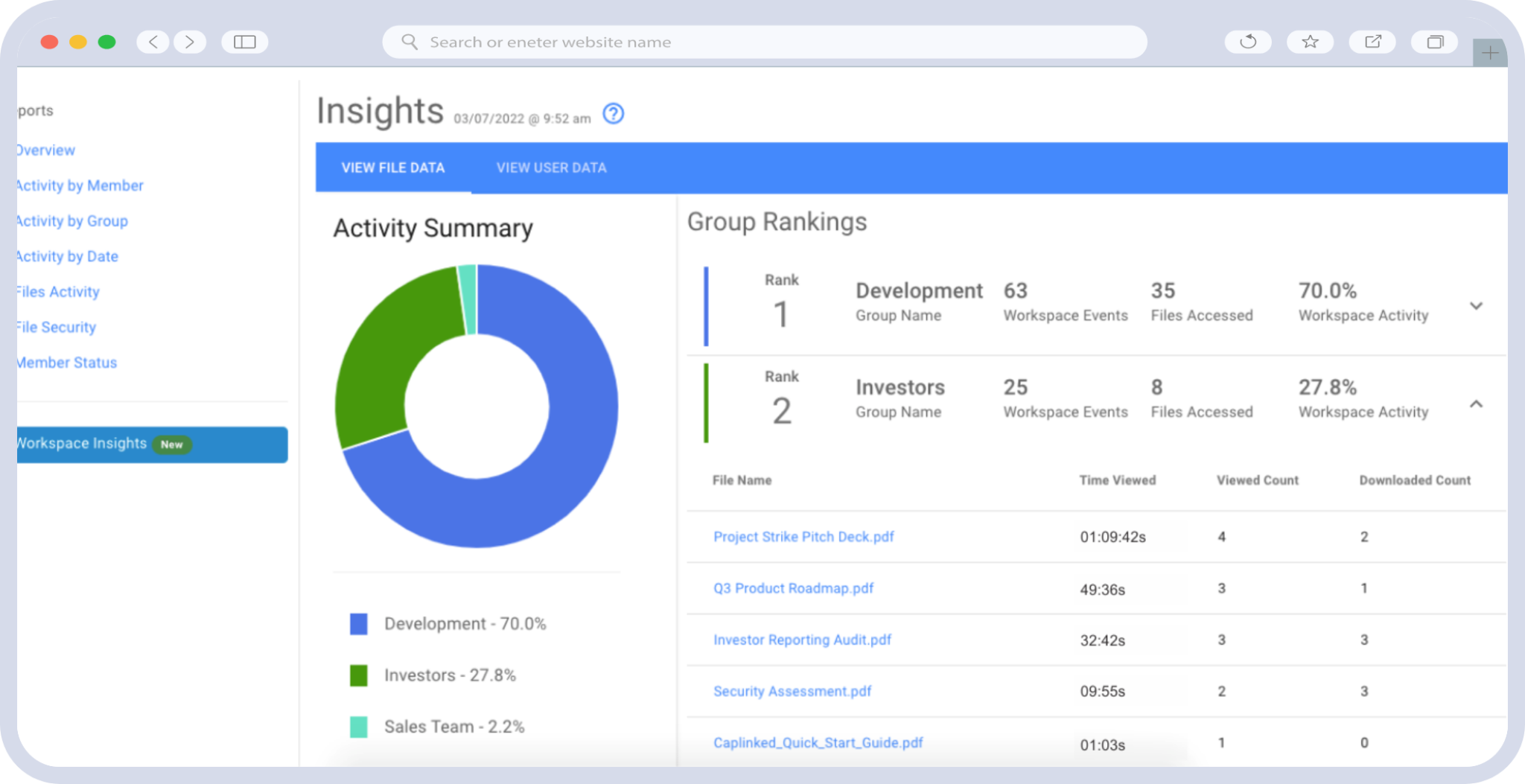By 2025, the security perimeter is gone. Contractors, agencies, and regulated enterprises no longer assume trust just because a user is “inside the network.” As threats grow more sophisticated and supply chains more complex, Zero Trust Architecture (ZTA) has become the defining security model across federal IT—and AWS GovCloud (US) is now the anchor platform where that vision becomes operational.
At the same time, government programs and defense primes are deploying AI and automation to analyze sensitive data sets—from logistics optimization to threat detection. Those AI systems depend on cloud environments that combine compliance, isolation, and performance. GovCloud’s unique combination of sovereign isolation, FedRAMP High compliance, and AI-ready infrastructure positions it as the foundation for both secure collaboration and responsible AI deployment.
In this article, we’ll explore how AWS GovCloud implements Zero Trust principles, how it supports AI workloads within compliance constraints, and what that means for high-assurance platforms like virtual data rooms (VDRs) that handle controlled data.
Table of Contents
ToggleFrom Perimeter Defense to Continuous Verification
Traditional security models were based on implicit trust: if you were on the network, you were allowed in. That model fails catastrophically in modern hybrid environments—especially for contractors working across multiple agencies and third-party ecosystems.
Zero Trust replaces that assumption with continuous verification:
- Never trust, always verify.
- Assume breach.
- Enforce least privilege everywhere.
On AWS GovCloud, Zero Trust is built into the cloud fabric. Every API call, identity session, and network path can be authenticated, logged, and verified—automatically and continuously.
Core Zero Trust Components in AWS GovCloud
1. Identity as the new perimeter
GovCloud integrates with AWS Identity and Access Management (IAM), AWS SSO, and external identity providers (IdPs) that support SAML or OpenID Connect. Contractors can federate users from CAC/PIV systems or agency directories while enforcing strict controls:
- Conditional access based on device, location, or risk level.
- Multi-factor authentication (MFA) required for every session.
- Role-based access control tied to mission, contract, or clearance.
- Session policies that expire rapidly or auto-revoke on anomalies.
For VDRs handling Controlled Unclassified Information (CUI), this identity-first model ensures that even if network credentials are compromised, data remains inaccessible.
Zero Trust replaces that assumption with continuous verification:
- Never trust, always verify.
- Assume breach.
- Enforce least privilege everywhere.
On AWS GovCloud, Zero Trust is built into the cloud fabric. Every API call, identity session, and network path can be authenticated, logged, and verified—automatically and continuously.
2. Micro-segmentation and least-privilege networking
GovCloud supports segmentation at every layer. Each VPC, subnet, and security group can enforce least-privilege communication. With PrivateLink, contractors can connect systems through private endpoints without traversing the public internet.
For a VDR, this means deal rooms can be logically isolated down to the network level—one agency, one program, one enclave—each using dedicated S3 buckets and encryption keys. Traffic stays internal to GovCloud, and access paths are visible through VPC Flow Logs for audit verification.
3. Continuous authentication and telemetry
Every interaction in GovCloud generates a verifiable record through CloudTrail, Config, GuardDuty, and Security Hub.
This telemetry enables:
- Real-time detection of anomalous behavior.
- Policy enforcement through automated remediation.
- Immutable audit trails proving adherence to FedRAMP and DoD SRG requirements.
Zero Trust isn’t a policy—it’s a data-driven system of record. In GovCloud, every decision is logged, validated, and re-evaluated continuously.
AI adoption under compliance: The new frontier
Zero Trust isn’t the only transformation happening. AI systems—both predictive analytics and generative models—are entering government workflows at unprecedented speed. From the Pentagon’s Chief Digital and AI Office (CDAO) initiatives to the White House Executive Order on Safe, Secure, and Trustworthy AI, agencies must adopt AI while maintaining full control over sensitive data.
Here again, GovCloud is the staging ground.
Why GovCloud is AI-ready
- Data sovereignty – All training and inference remain on U.S. soil, managed by U.S. personnel.
- Compliance inheritance – AI pipelines inherit FedRAMP High and DoD IL4/IL5 controls.
- Secure ML services – Tools like Amazon SageMaker and Bedrock are being extended to GovCloud with FIPS-validated endpoints.
- Air-gapped integration – Agencies can connect classified or on-prem datasets via secure Direct Connect or VPN, maintaining full isolation.
This makes GovCloud an ideal environment where AI development and high-compliance collaboration can safely coexist under FedRAMP High standards.
VDRs as the Bridge Between Zero Trust and AI Oversight
A modern VDR leveraging AWS GovCloud infrastructure can:
- Restrict data rooms to U.S. persons with geographic and identity controls.
- Log every model input, training data access, or inference result for comprehensive auditability.
- Enforce encryption and automated key rotation using GovCloud’s security frameworks.
- Serve as the audit ledger that proves responsible AI practices under federal scrutiny.
In a future where AI accountability becomes law, those audit trails will matter as much as the models themselves.
Zero Trust Implementation Roadmap for GovCloud VDRs
- Identify data categories – CUI, ITAR, or CJIS determines access tiers.
- Map identities to trust zones – Create roles for users, systems, and automation processes.
- Encrypt everything, manage keys locally – Use customer-managed KMS keys or CloudHSM.
- Monitor continuously – Aggregate logs via CloudTrail and Security Hub, feed into SIEMs.
- Automate enforcement – Build Lambda or EventBridge triggers for policy violations.
With these five steps, a VDR becomes a living implementation of Zero Trust—proving compliance continuously, not just annually.
FedRAMP High + Zero Trust + AI: A Unified Framework
FedRAMP defines what controls must exist. Zero Trust defines how access must occur. AI governance defines why those controls must adapt to new risks.
On GovCloud, these converge. FedRAMP High ensures secure foundations. Zero Trust enforces behavior in real time. AI frameworks leverage both to ensure that data-driven systems are transparent, auditable, and accountable.
This convergence marks the evolution from static compliance to dynamic assurance. For contractors and agencies alike, it’s a move from box-checking to proof-by-design.
A Practical Example: AI-Enabled Due Diligence in GovCloud
Imagine a defense technology firm evaluating 20 potential subcontractors for a new radar program. They use an AI model to rank suppliers based on cybersecurity maturity and export compliance. The dataset includes sensitive company disclosures and export-controlled technical specs.
Running that analysis in a GovCloud-hosted VDR provides:
- Geographic data sovereignty—training data remains within U.S. jurisdiction per GovCloud’s physical isolation.
- Complete audit logging of AI queries and access patterns.
- Zero Trust access controls with mandatory MFA and key-based restrictions.
- Encrypted, version-controlled results that support post-audit validation.
In this scenario, compliance and innovation move at the same pace—something unthinkable in legacy environments.
Preparing for 2026: The Coming AI Compliance Mandates
The AI RMF (NIST AI Risk Management Framework) and the EU-U.S. AI governance alignments are already shaping procurement and contract language. Within a year, agencies will likely require vendors to demonstrate traceable AI data lineage, model explainability, and secured training environments.
Building those capabilities in GovCloud today—using Zero Trust architecture and VDR audit frameworks—gives federal contractors a head start. Those who wait will face retrofits under tighter deadlines and higher cost.
Why CapLinked is Building for This Future
CapLinked’s architecture in AWS GovCloud is designed to sit at the intersection of secure collaboration, Zero Trust enforcement, and AI governance readiness. Every document, event, and key is tracked, encrypted, and auditable—meeting FedRAMP High and DoD SRG IL4/IL5 standards out of the box.
That foundation enables CapLinked to serve not only M&A and capital markets teams, but also agencies and contractors managing AI, compliance, and classified workflows. In short, it’s a VDR built for the next era of digital government.



